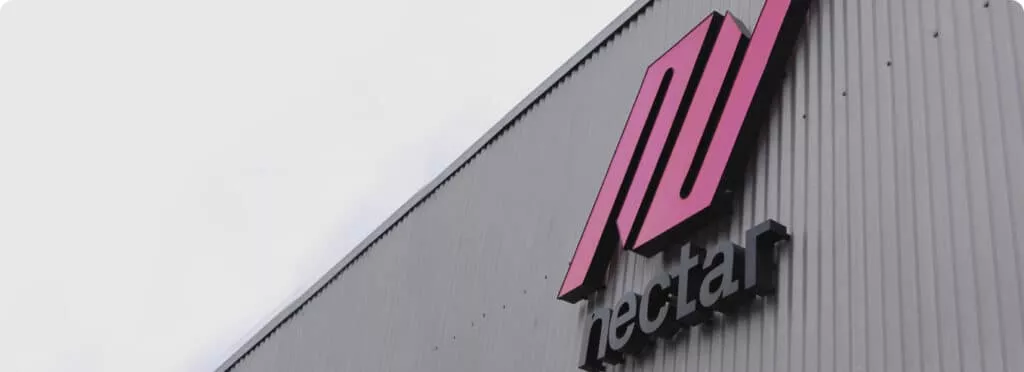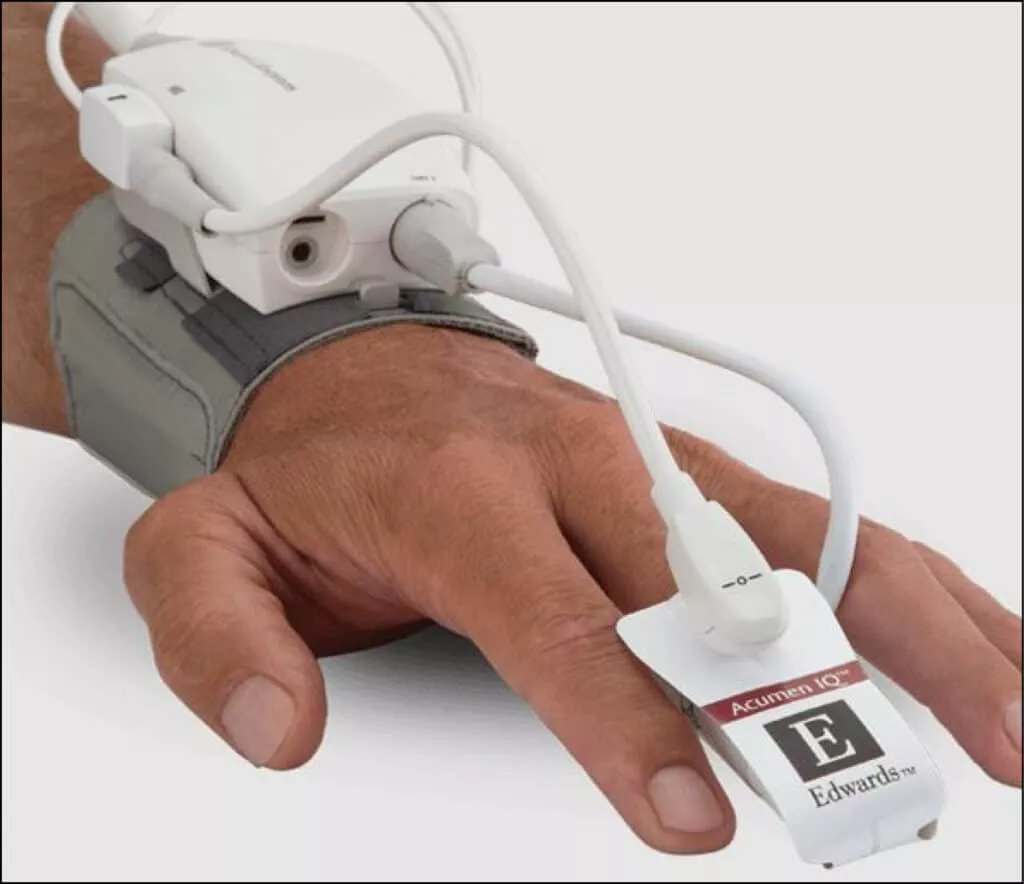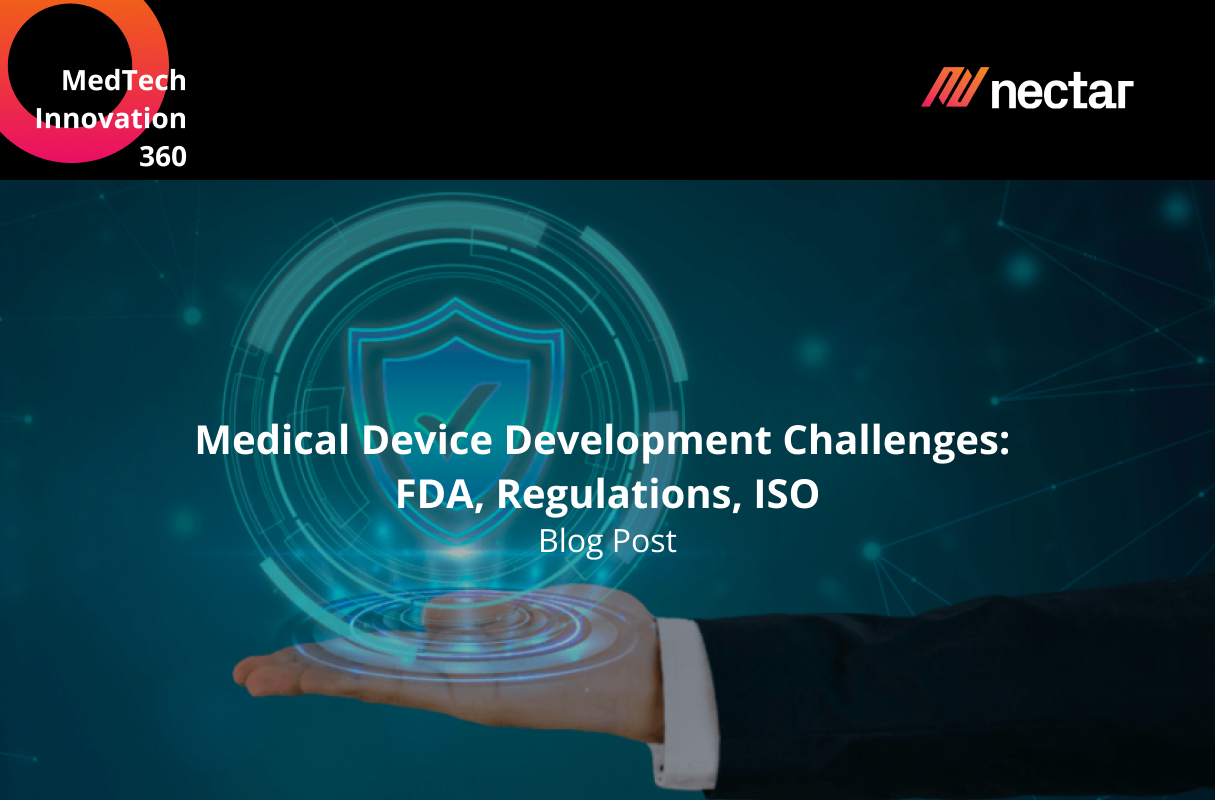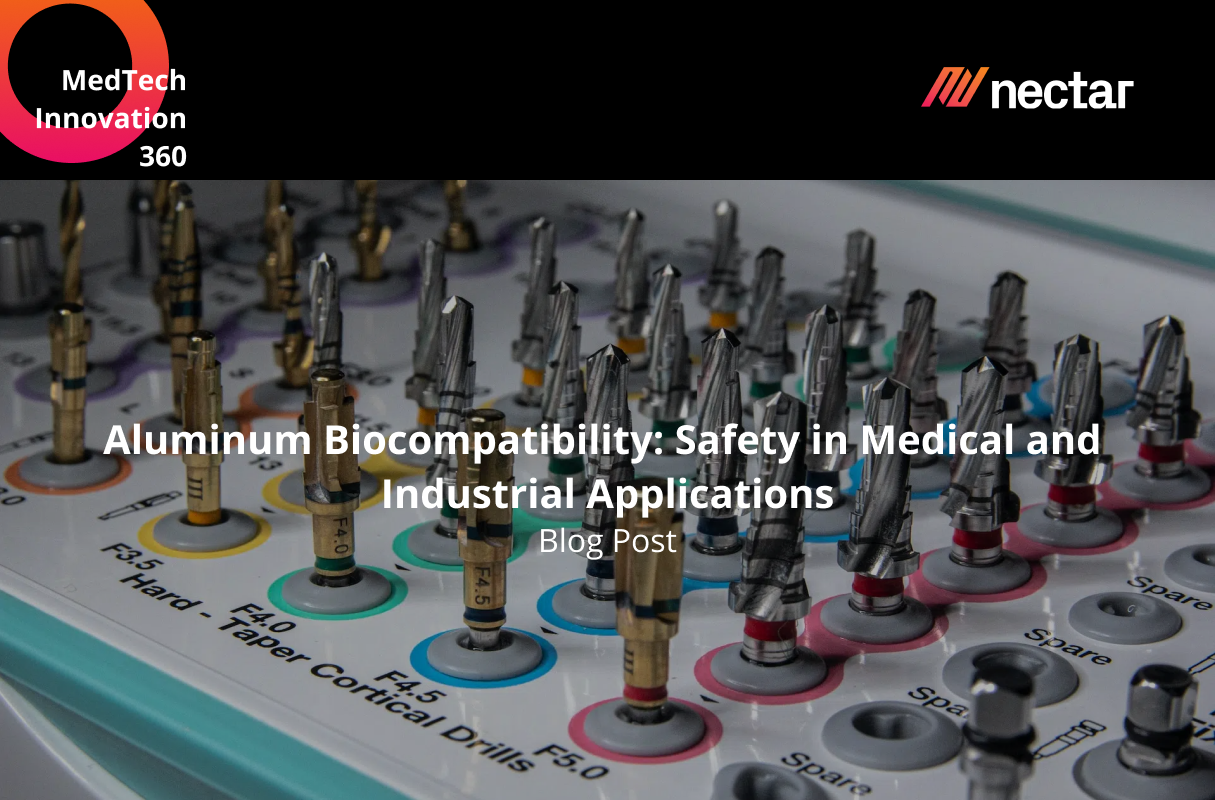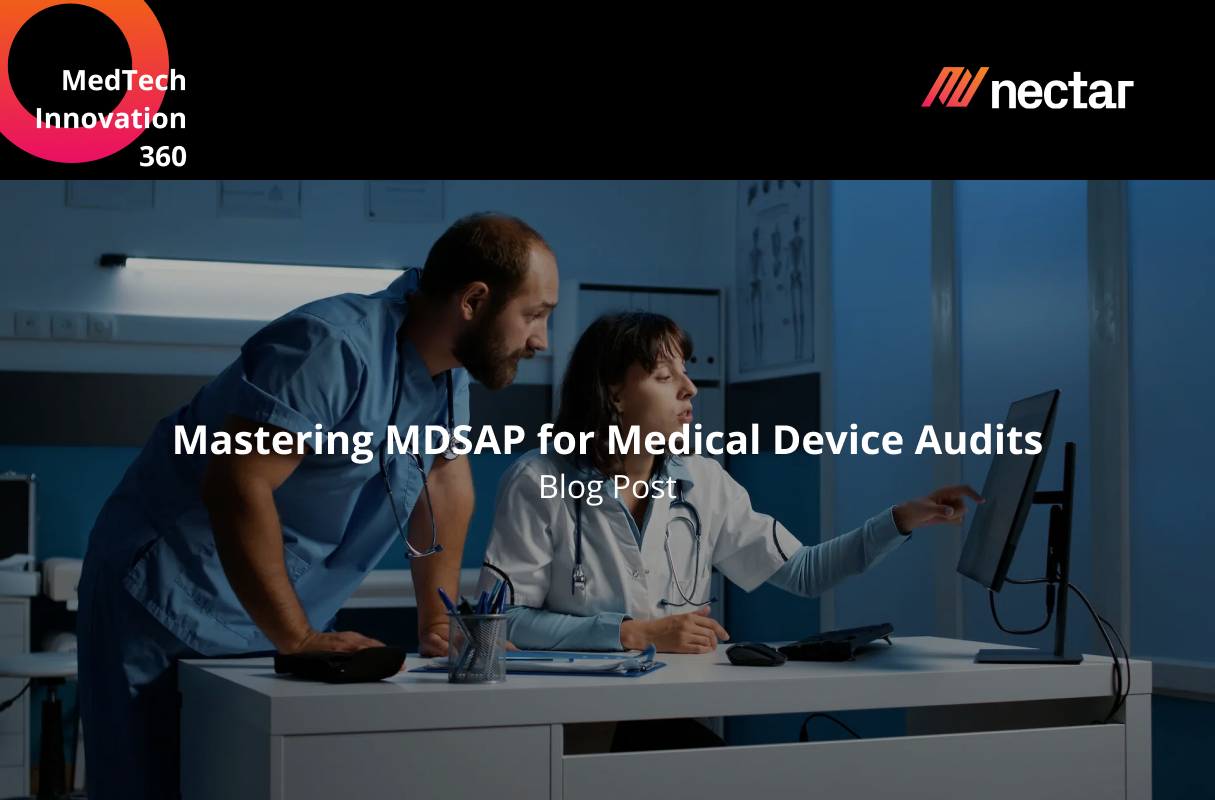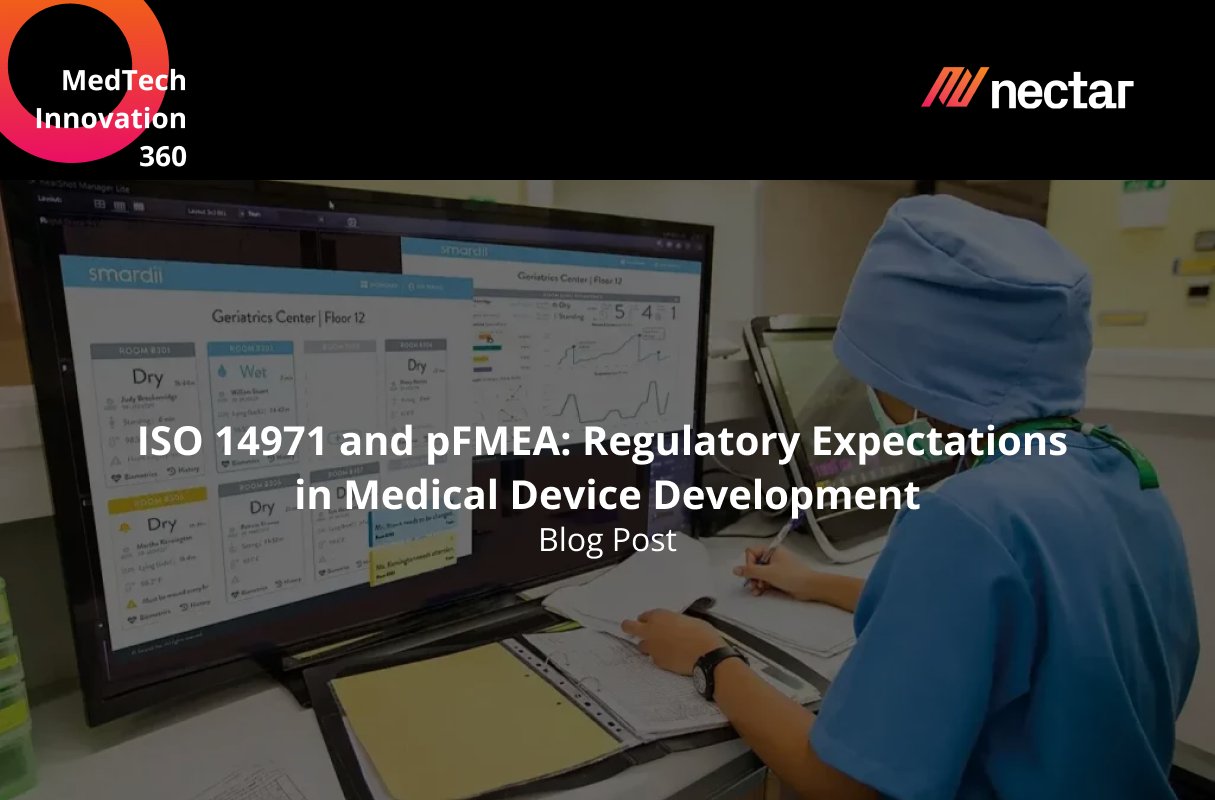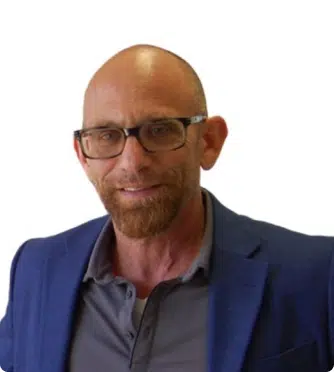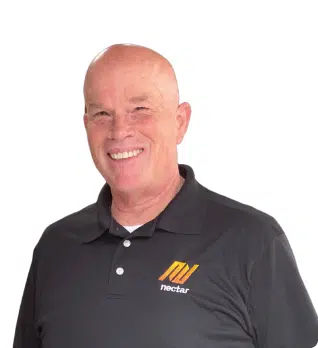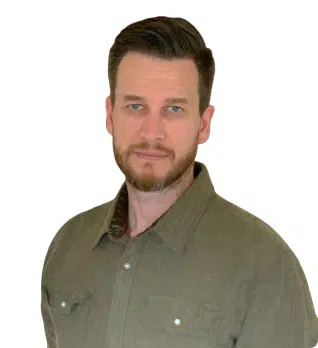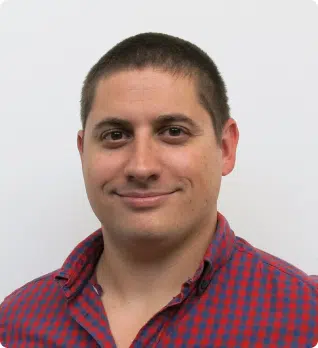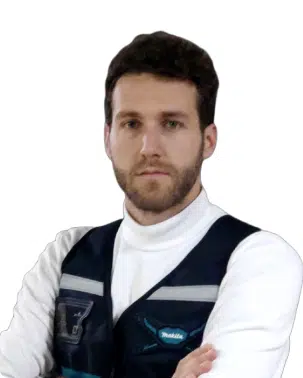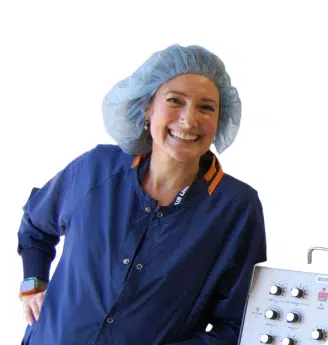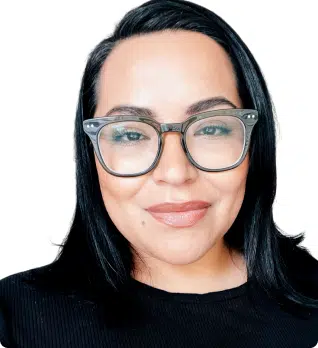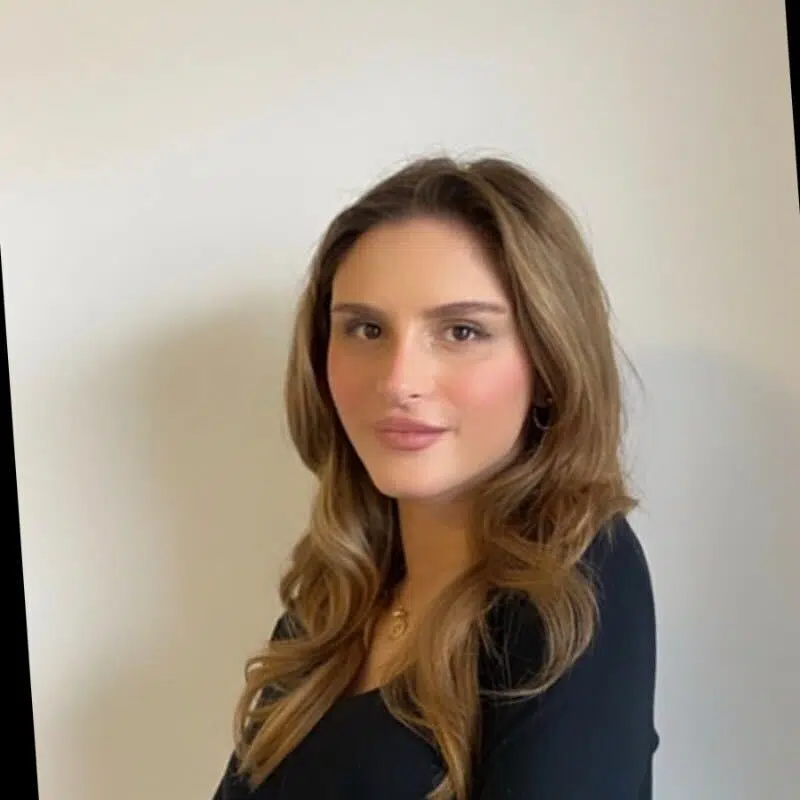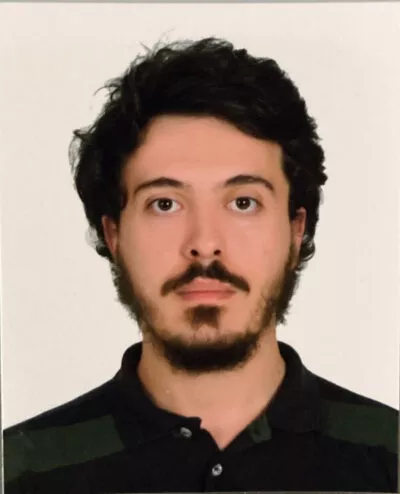Introduction to RoHS and REACH regulations
In today’s global marketplace, it is essential for businesses to understand and comply with various regulations to ensure the safety and quality of their products. Two such regulations that often come up in the context of manufacturing and distributing electronic devices are RoHS and REACH. While they may sound similar, they have distinct purposes and requirements. In this article, we will dive deep into the world of RoHS and REACH regulations, exploring their definitions, key differences, compliance requirements, benefits, challenges, and strategies for medical device manufacturers.
What is RoHS?
RoHS, which stands for Restriction of Hazardous Substances, is a regulation that originated in the European Union (EU) and restricts the use of certain hazardous substances in electrical and electronic equipment. The primary aim of RoHS is to protect human health and the environment by reducing the presence of harmful substances such as lead, mercury, cadmium, hexavalent chromium, and certain flame retardants. RoHS compliance is mandatory for products sold in the EU market.
What is REACH?
REACH, which stands for Registration, Evaluation, Authorization, and Restriction of Chemicals, is another EU regulation that aims to protect human health and the environment from the risks posed by chemicals. Unlike RoHS, REACH applies to all substances, not just those used in electrical and electronic equipment. REACH requires manufacturers and importers to register substances they produce or import in quantities above one ton per year. It also addresses the communication of information on substances in the supply chain and the restriction of certain hazardous substances.
Key differences between RoHS and REACH regulations
While both RoHS and REACH have the ultimate goal of protecting human health and the environment, there are key differences between the two regulations. Here are some of the main differentiating factors:
1. Scope: RoHS specifically targets electrical and electronic equipment, while REACH covers all substances, including those used in various industries.
2. Substance restrictions: RoHS restricts the use of specific hazardous substances in electrical and electronic equipment, whereas REACH focuses on the registration, evaluation, and restriction of all substances.
3. Compliance requirements: RoHS compliance requires ensuring that products do not contain restricted substances above the allowed limits, whereas REACH compliance involves registering substances and providing safety data sheets.
4. Enforcement: RoHS compliance is enforced through market surveillance and penalties for non-compliance, while REACH compliance is enforced through registration processes and restrictions on substances.
RoHS and REACH compliance requirements for medical device development
When it comes to medical device development, compliance with both RoHS and REACH regulations is crucial. Medical devices are subject to rigorous safety and quality standards to ensure patient safety. Manufacturers must ensure that their devices do not contain hazardous substances and meet the requirements outlined in both RoHS and REACH. Failure to comply can lead to legal consequences, reputational damage, and potential harm to patients.
To achieve RoHS and REACH compliance for medical devices, manufacturers need to:
1. Identify the applicable requirements: Manufacturers must understand the specific RoHS and REACH requirements that apply to their medical devices. This involves identifying the relevant substances, concentration limits, and exemptions.
2. Conduct material assessments: Manufacturers should assess the materials used in their medical devices to identify any restricted substances. This includes analyzing the composition of components, coatings, adhesives, and packaging materials.
3. Implement supply chain controls: Manufacturers need to establish effective supply chain controls to ensure that all components and materials used in their devices comply with RoHS and REACH regulations. This involves working closely with suppliers and conducting regular audits.
Benefits of complying with RoHS and REACH regulations
Complying with RoHS and REACH regulations offers several benefits for medical device manufacturers:
1. Enhanced product safety: By complying with RoHS and REACH, manufacturers can ensure that their medical devices do not contain hazardous substances, reducing the risk of harm to patients and users.
2. Market access: Compliance with RoHS and REACH enables manufacturers to access the EU market, as non-compliant products may be prohibited from being sold or imported.
3. Reputation and brand protection: Compliance with these regulations demonstrates a commitment to product safety and environmental responsibility, enhancing the reputation and brand image of the manufacturer.
4. Sustainability: RoHS and REACH regulations promote the use of safer and more sustainable materials, contributing to a greener and healthier environment.
Challenges and considerations in meeting RoHS and REACH requirements for medical devices
While RoHS and REACH compliance is essential, it can present challenges for medical device manufacturers. Here are some of the key challenges and considerations:
1. Supply chain complexity: Medical device manufacturers often rely on a complex network of suppliers, making it challenging to track and ensure compliance throughout the supply chain.
2. Time and cost implications: Achieving compliance with RoHS and REACH requires significant investments in testing, certification, and supply chain management. This can increase the time and cost of product development.
3. Evolving regulations: RoHS and REACH regulations are subject to updates and amendments, requiring manufacturers to stay updated and adapt their processes accordingly.
4. Global implications: Even though RoHS and REACH are EU regulations, they can have global implications, as manufacturers exporting to the EU market need to comply with these regulations.
RoHS and REACH compliance strategies for medical device manufacturers
To navigate the complexities of RoHS and REACH compliance, medical device manufacturers can adopt the following strategies:
1. Establish a compliance management system: Implement a robust compliance management system that includes processes for identifying, assessing, and addressing RoHS and REACH requirements throughout the product development lifecycle.
2. Collaborate with suppliers: Work closely with suppliers to ensure the compliance of materials and components used in medical devices. Establish clear communication channels and conduct regular audits to verify compliance.
3. Prioritize testing and certification: Invest in testing and certification services to ensure that medical devices meet the RoHS and REACH requirements. This may involve testing materials, components, and finished products for the presence of restricted substances.
4. Stay updated with regulatory changes: Regularly monitor updates and changes to RoHS and REACH regulations to ensure ongoing compliance. Establish a system for tracking regulatory updates and communicate changes to relevant stakeholders.
RoHS and REACH testing and certification process
To achieve RoHS and REACH compliance, medical device manufacturers need to undergo a testing and certification process. This involves:
1. Material testing: Manufacturers need to test the materials used in their devices for the presence of restricted substances. This can be done through laboratory testing or by obtaining compliance information from suppliers.
2. Documentation preparation: Manufacturers must gather all necessary documentation, including test reports, compliance certificates, and safety data sheets, to demonstrate compliance with RoHS and REACH.
3. Certification submission: Once all required documentation is prepared, manufacturers can submit the necessary certifications and declarations to regulatory bodies or notified bodies for review and approval.
4. Ongoing compliance monitoring: Manufacturers should establish processes for ongoing compliance monitoring, including regular testing and documentation updates, to ensure continued adherence to RoHS and REACH regulations.
Conclusion: Importance of understanding and complying with RoHS and REACH regulations in medical device development
In the world of medical device development, understanding and complying with RoHS and REACH regulations is crucial for ensuring product safety, market access, and environmental responsibility. Medical device manufacturers must navigate the complexities of these regulations, including compliance requirements, testing, certification, and supply chain management. By prioritizing compliance and adopting effective strategies, manufacturers can meet the challenges posed by RoHS and REACH, ensuring the delivery of safe and high-quality medical devices. Schedule a call with Nectar to learn more about our medical device development process.
